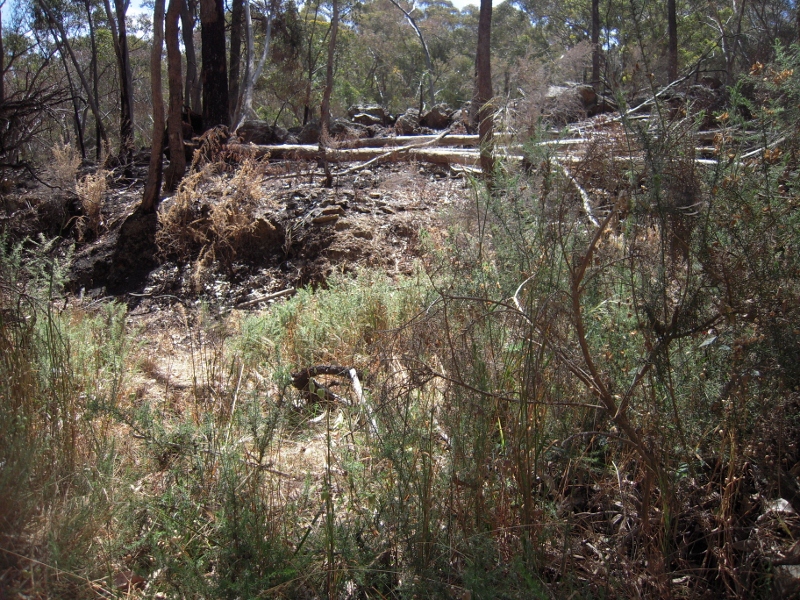The draft Mount Alexander Municipal Fire Management Plan is now out for consultation, as we reported below.
The draft contains some interesting information and some puzzling features. Among the former:
- The authors note that a community survey before the draft was compiled targeted residents under 25, but no responses were received from this group.
- In responses to the community survey ‘Protecting life and improving knowledge were considered to be the most important with regard to fire management, with minimising damage to the environment rating slightly higher than minimising fuel loads.’ This could be a balanced community view, or maybe a sign of a divided community—the draft doesn’t make this clear
- Historically there have been 53 fires per year on average in this region: of these, only 6, on average, have been ‘natural’ [ie, resulting from lightning strikes]. The rest have been caused by carelessness, technical malfunctions or arson.
- ‘State Government research has found that 75% of people living in the most fire prone areas do not believe that they need a fire plan.’
Among the puzzling features of the plan are the following:
- The plan lists four ‘key bushfire landscapes’ on page 16: grass, crop and stubble; box and ironbark forest and woodland; tall [sclerophyll] forest; and urban. Not included is ‘Pine plantation.’ This is evidently because the CFA does not consider these plantations to be as serious fire risks as the others. We believe, however, that the draft may be altered to include the plantations as a possible bushfire landscape.

Gorse which somehow escaped a DSE control burn near Quarz Hill, December 2011: The Municipal Fire plan draft recommends that fuel reduction programs be integrated with weed control.
- On page 22 we read that ‘Mount Alexander is home to vast tracts of bush wilderness with many communities and critical infrastructure situated in remote or difficult to access situations.’ This is a peculiar statement, given that there is no ‘wilderness’ in this region. Perhaps it will be corrected or modified in the final version.
There are many good features in the draft. One of them is the recommendation that fuel load reduction programs should be integrated with weed management, ‘particularly in relation to gorse, broom and blackberry weeds.’ [Readers of this site will remember that we have been irritated by DSE’s failure to pick up on this very reasonable idea]. Other features will need careful community scrutiny.
FOBIF will be making a submission on this draft in due course. It’s an important opportunity to engage in a constructive discussion on the task of minimising bushfire risk while respecting what makes our bushlands valuable and important. The document can be found here. Feedback can either be given at the info sessions detailed in our post below, or via the not terribly friendly Council feedback form, which you can find here . Forms should be marked ‘for the attention of the Emergency Management coordinator.’
.




 Click on image for info/order page
Click on image for info/order page Click on image for info/order page
Click on image for info/order page Click on image for info/order page
Click on image for info/order page




















